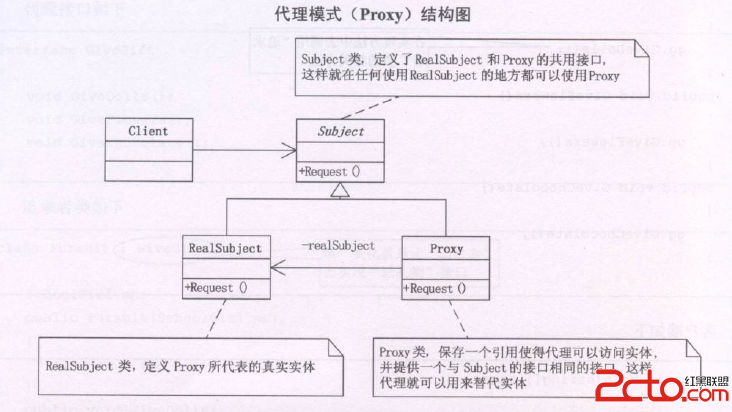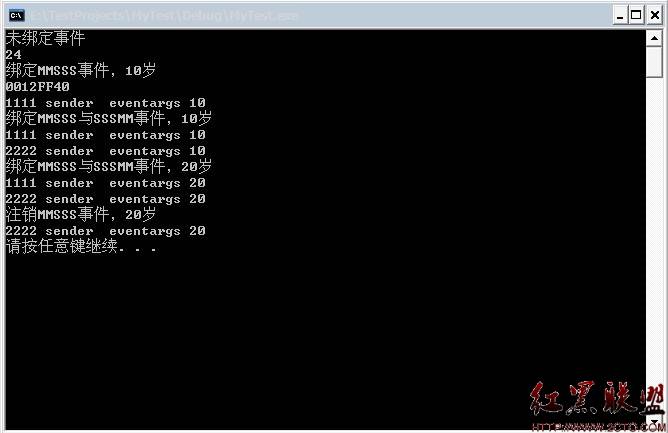POJ 3415 Common Substrings(后缀数组+单调栈)
题目:求出长度不小于k的公共子串个数
继续论文上的题目。
计算A的某个后缀与B的某个后缀的最长公共前缀长度,如果长度L大于k,则加上L-k+1组。
将两个字符串连接起来,中间用一个没有出现的字符分开。(这是一个神奇的做法)
然后通过height数组分组,某个组内的height都是大于等于k的,也就是任意两个后缀的最长公共前缀都至少为k。
扫描一遍,遇到一个B的后缀就与之前的A后缀进行统计,求出所有的满足的组数。但是这样的做法便是n^2的。
可以发现两个后缀的最长公共前缀为这一段的height值的最小值。
可以通过一个单调栈来维护一下,当前要入栈元素如果小于栈底元素,说明之后加入的B后缀与栈底的最长公共前缀是小于等于入栈的。这样就保证了单调栈内的height值是绝对递增的,逐渐合并,均摊可以达到o(n)的复杂度。
然后扫描两遍即可
[cpp]
#include<iostream>
#include<cstdio>
#include<cstring>
#include<algorithm>
#include<cmath>
#define N 100005
#define LL long long
#define maxn 200005
using namespace std;
//以下为倍增算法求后缀数组
int wa[maxn],wb[maxn],wv[maxn],Ws[maxn];
int cmp(int *r,int a,int b,int l)
{return r[a]==r[b]&&r[a+l]==r[b+l];}
void da(const char *r,int *sa,int n,int m){
int i,j,p,*x=wa,*y=wb,*t;
for(i=0;i<m;i++) Ws[i]=0;
for(i=0;i<n;i++) Ws[x[i]=r[i]]++;
for(i=1;i<m;i++) Ws[i]+=Ws[i-1];
for(i=n-1;i>=0;i--) sa[--Ws[x[i]]]=i;
for(j=1,p=1;p<n;j*=2,m=p){
for(p=0,i=n-j;i<n;i++) y[p++]=i;
for(i=0;i<n;i++) if(sa[i]>=j) y[p++]=sa[i]-j;
for(i=0;i<n;i++) wv[i]=x[y[i]];
for(i=0;i<m;i++) Ws[i]=0;
for(i=0;i<n;i++) Ws[wv[i]]++;
for(i=1;i<m;i++) Ws[i]+=Ws[i-1];
for(i=n-1;i>=0;i--) sa[--Ws[wv[i]]]=y[i];
for(t=x,x=y,y=t,p=1,x[sa[0]]=0,i=1;i<n;i++)
x[sa[i]]=cmp(y,sa[i-1],sa[i],j)?p-1:p++;
}
return;
}
int sa[maxn],Rank[maxn],height[maxn];
//求height数组
void calheight(const char *r,int *sa,int n){
int i,j,k=0;
for(i=1;i<=n;i++) Rank[sa[i]]=i;
for(i=0;i<n;height[Rank[i++]]=k)
for(k?k--:0,j=sa[Rank[i]-1];r[i+k]==r[j+k];k++);
return;
}
char str[maxn],ch[maxn];
int k;
int s[maxn][2];
LL tot,top;
int main(){
while(scanf("%d",&k)!=EOF&&k){
int l1,l2;
scanf("%s%s",str,ch);
l1=strlen(str);l2=strlen(ch);
str[l1]='@';
for(int i=l1+1;i<=l1+l2;i++)
str[i]=ch[i-l1-1];
int n=l1+l2+1;
str[n]='\0';
da(str,sa,n+1,130);
calheight(str,sa,n);
tot=top=0;
LL sum=0;
for(int i=1;i<=n;i++){
if(height[i]<k) top=tot=0;
else{
int cnt=0;
if(sa[i-1]<l1) cnt++,tot+=height[i]-k+1;
while(top>0&&height[i]<=s[top-1][0]){
top--;
tot-=s[top][1]*(s[top][0]-height[i]);
cnt+=s[top][1];
}
s[top][0]=height[i];s[top++][1]=cnt;
if(sa[i]>l1) sum+=tot;
}
}
tot=top=0;
for(int i=1;i<=n;i++){
if(height[i]<k) top=tot=0;
else{
int cnt=0;
if(sa[i-1]>l1) cnt++,tot+=height[i]-k+1;
while(top>0&&height[i]<=s[top-1][0]){
top--;
tot-=s[top][1]*(s[top][0]-height[i]);
cnt+=s[top][1];
}
s[top][0]=height[i];s[top++][1]=cnt;
&nb
补充:软件开发 , C++ ,




